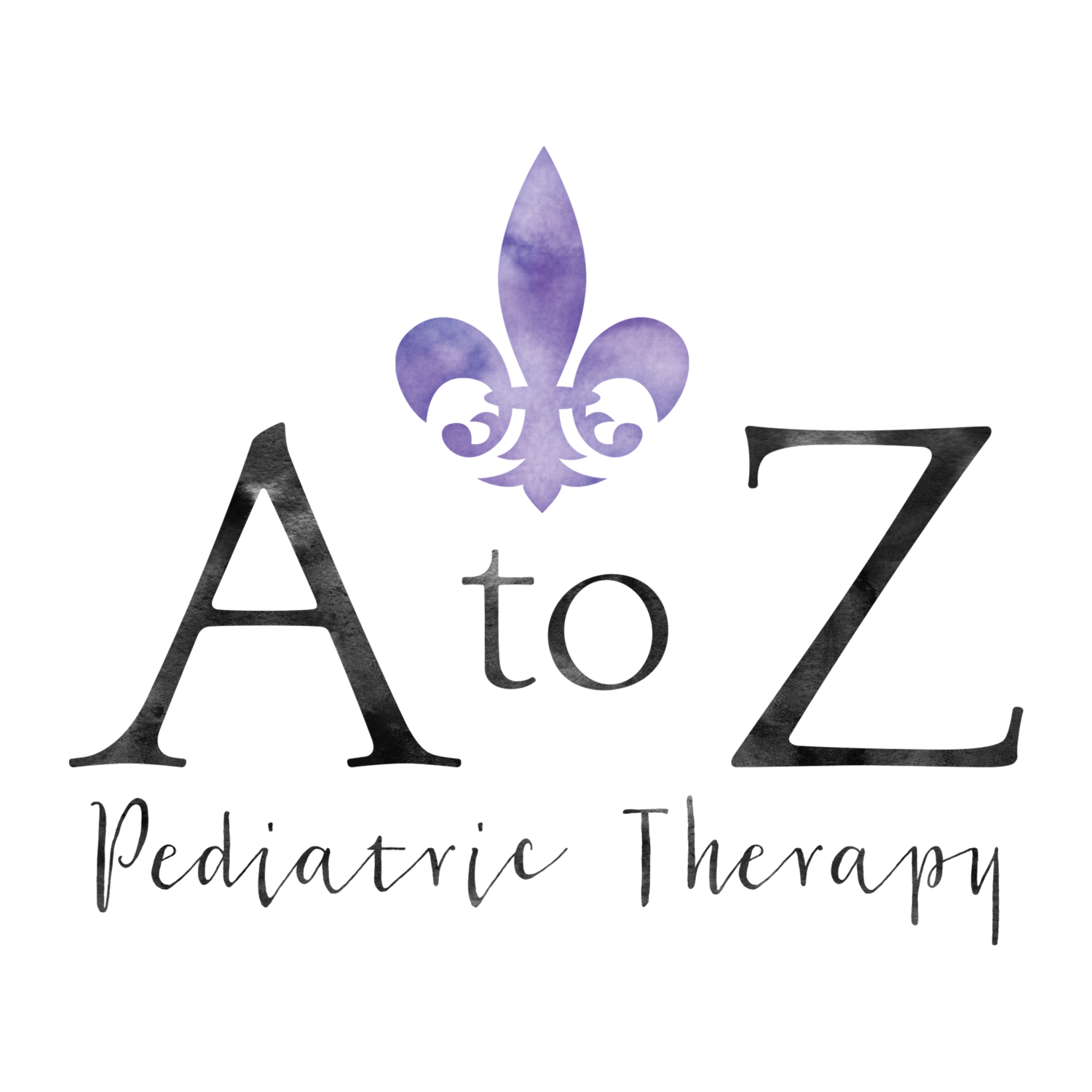What are the signs of Childhood Apraxia of Speech?
Not all children with CAS are the same. Your child may show some or all of the signs below:
Does not coo or babble as an infant; has limited vocalizations in infancy
Says first words later than you think she should
Says only a few different sounds:
may often use mainly vowels
Lack of a consonant by 12 months of age
Fewer than 3 consonants by 16 months of age
Fewer than 5 consonants by 24 months of age
Has problems putting sounds together to form syllables/simple words
Little use of different syllable shapes [consonant + vowel (CV); vowel + consonant (VC); CVCV, VCV]
Puts long pauses between sounds or syllables
Does not always say a word the same way
Has problems with eating (chewing and swallowing) or a history of this
Understands speech and language better than they can produce speech.
Has problems imitating what others say. If she can imitate, those words will sound better than words she says on her own.
Groping behaviors
More trouble saying longer words than shorter ones
Difficult to understand, especially with those who don’t know the child well
Speech may sound choppy, flat, or monotone. The child may put stress on the wrong syllable or word or have difficulty with continuous voicing across syllables or words.
